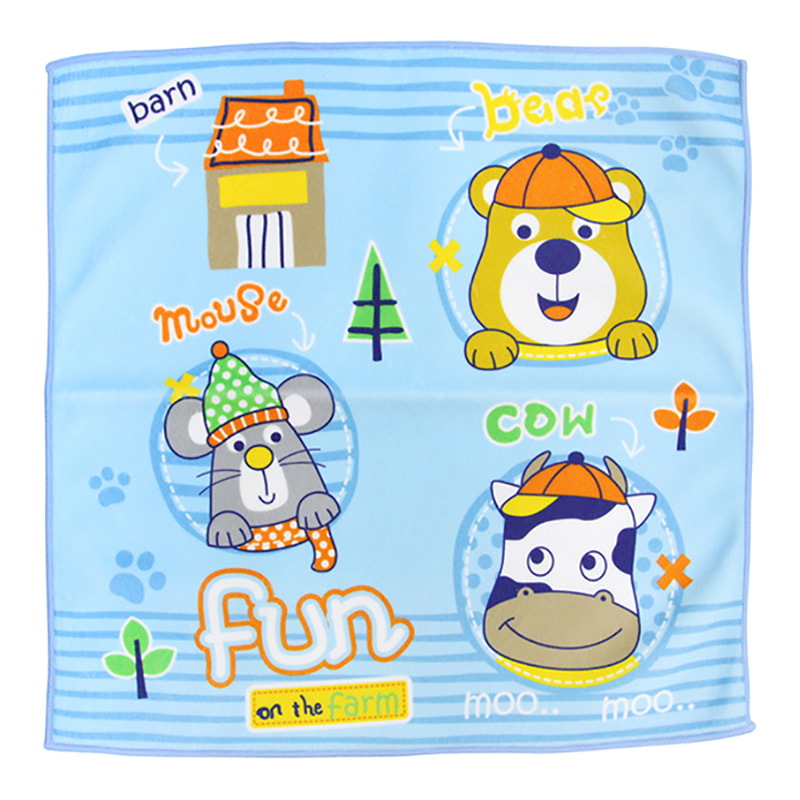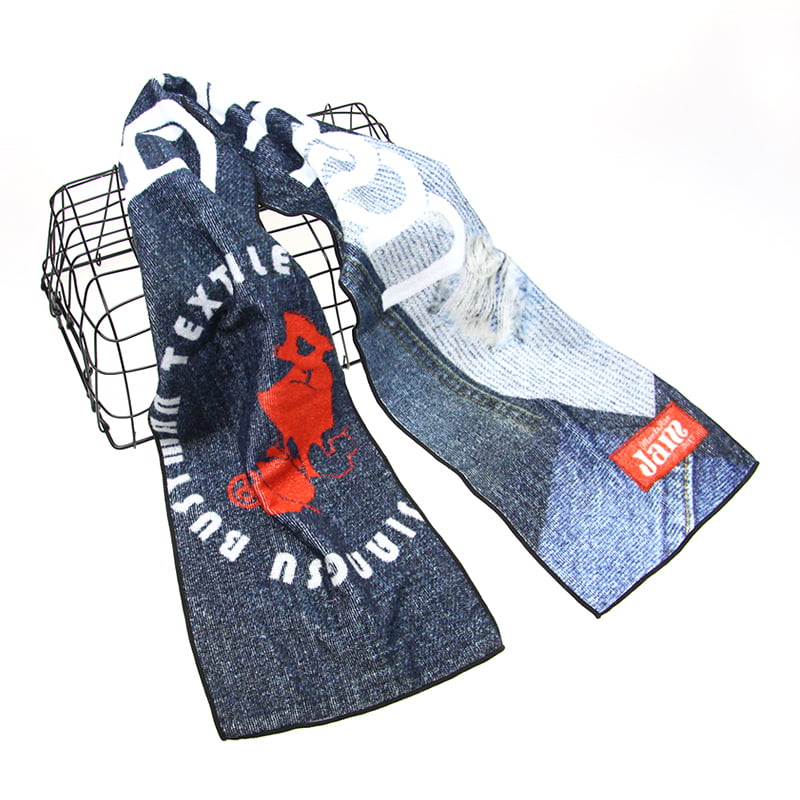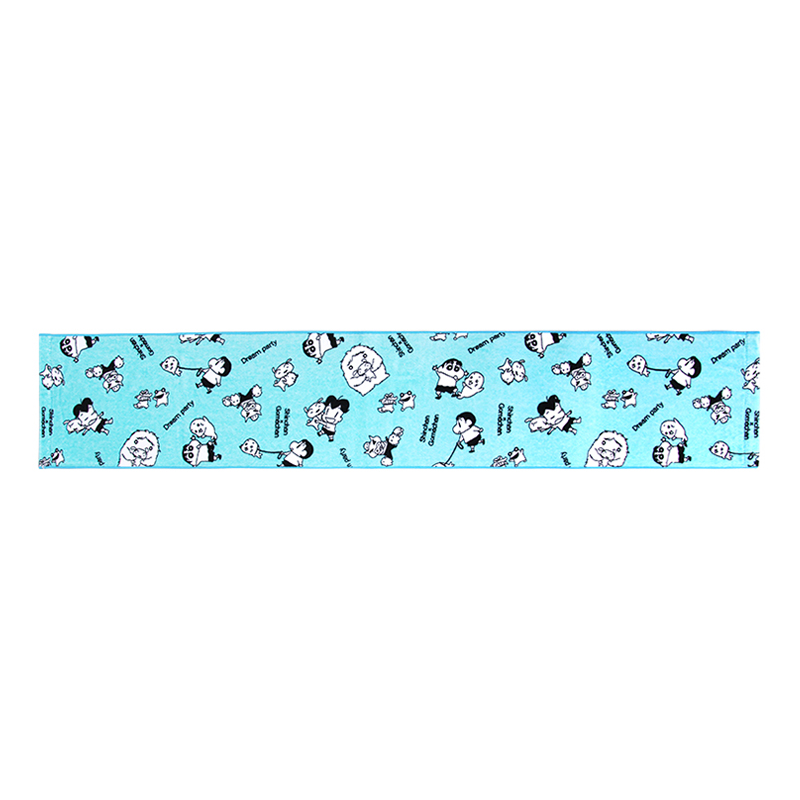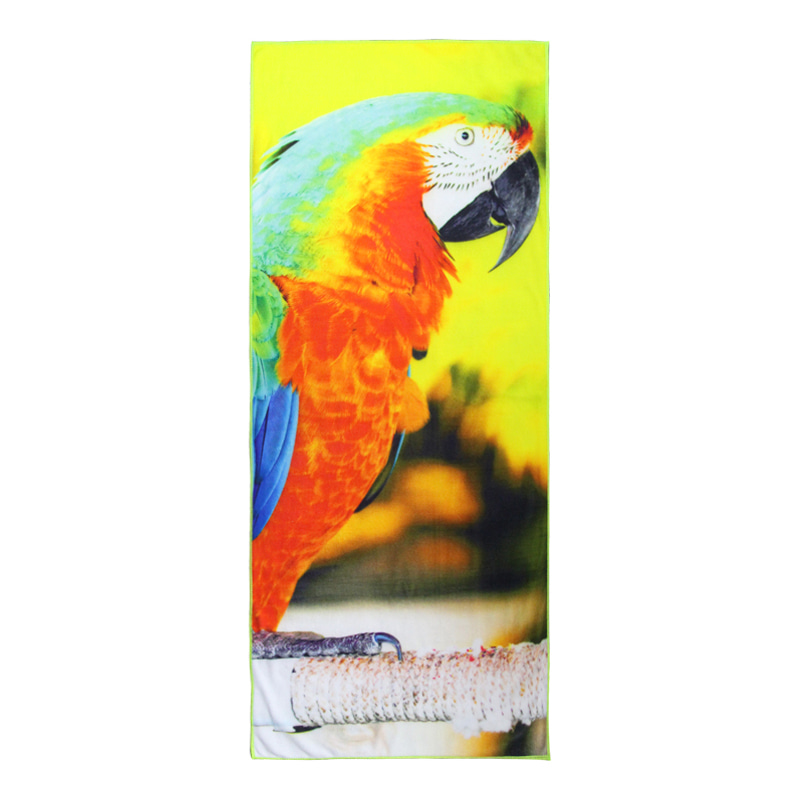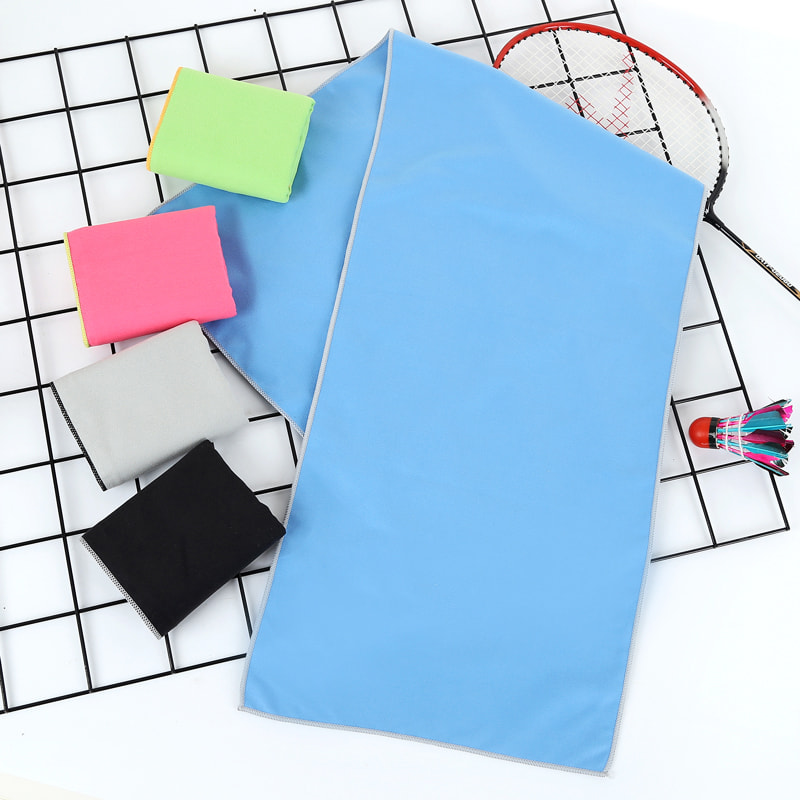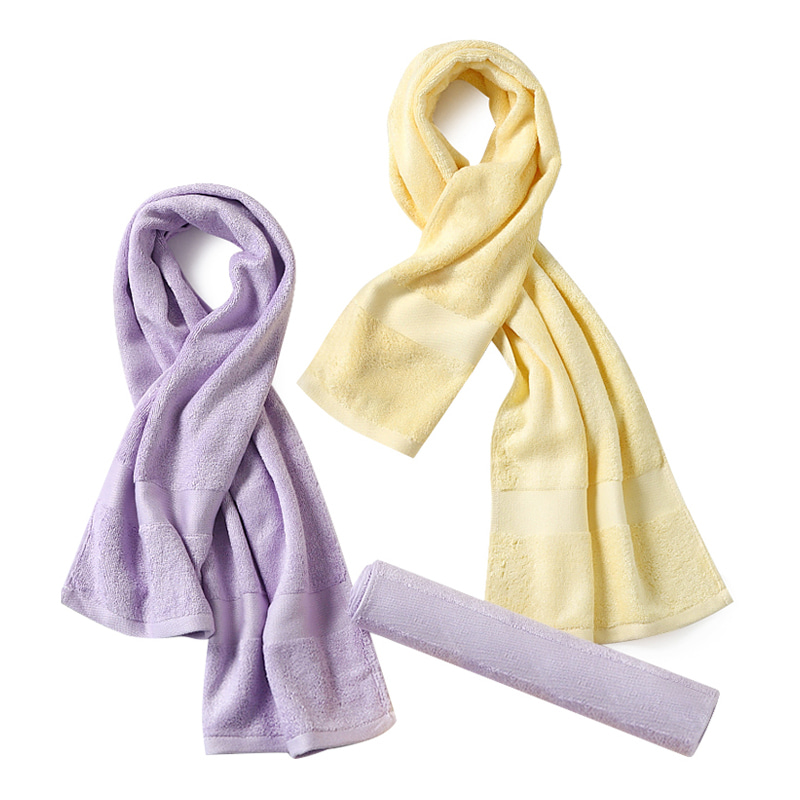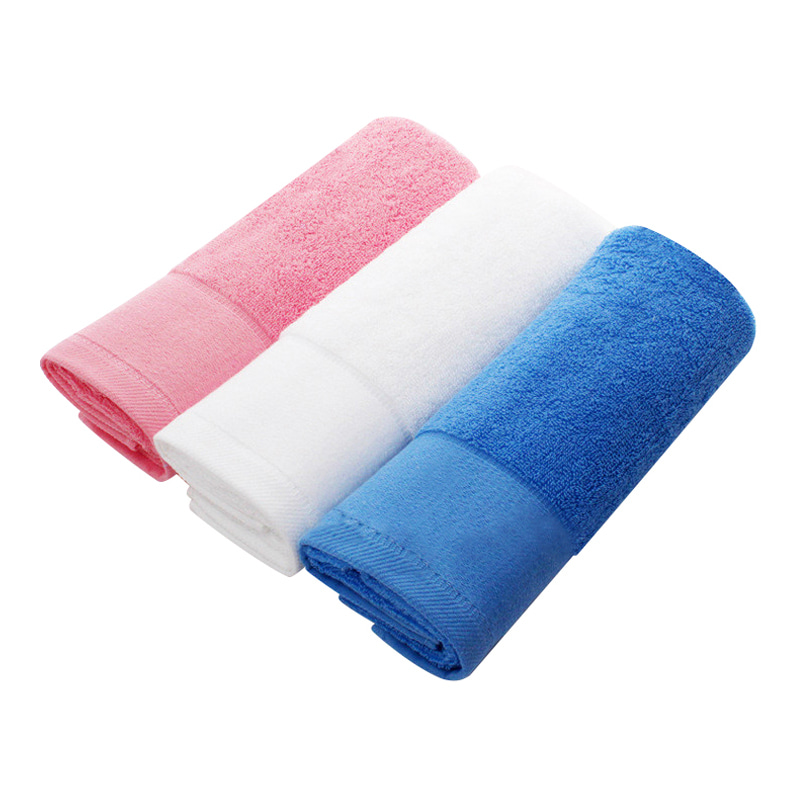How to pack your beach towels during travel and prevent sand from sticking?
1. Double Protection with Folding and Rolling
Fold the beach towel into three sections, ensuring neat edges. Then, insert a lightweight, waterproof storage strap in the middle to secure it before rolling it up. The rolled-up shape reduces exposed rough edges, decreasing the likelihood of sand sticking.
Use a dedicated storage bag (such as a waterproof nylon bag) to place the rolled-up beach towel inside. The bag should have an elastic drawstring closure to ensure it doesn't easily come loose in your suitcase or backpack.
2. Choose Sand-Repellent Materials and Surface Treatments
Pure cotton beach towels have a soft surface but easily absorb fine sand. It's recommended to apply a light waterproof spray before use to form a thin waterproof layer, preventing sand penetration.
Microfiber beach towels, due to their dense fiber structure, naturally possess sand-repellent properties and dry quickly, making them suitable for long trips.
3. Cleaning and Maintenance Before and After Use
After each use on the beach, rinse the Beach Towel surface with clean water, gently pat to remove any remaining sand, and then lightly press with a dry towel to absorb excess moisture, preventing sand from sticking.
Before storing, thoroughly dry the Beach Towel. Ensure it is completely dry before folding or rolling to effectively prevent sand from sticking and odors caused by dampness.
4. Dedicated Storage Accessories
Use a storage bag with magnetic clasps or Velcro for quick opening and closing, reducing the risk of secondary sand contamination from frequent handling during your trip.
Equip the Beach Towel with a lightweight hanging rope or hook for hanging it to dry at campsites or hotel rooms, utilizing natural wind to quickly remove sand.



 中文简体
中文简体 Español
Español 日本語
日本語 0
0
